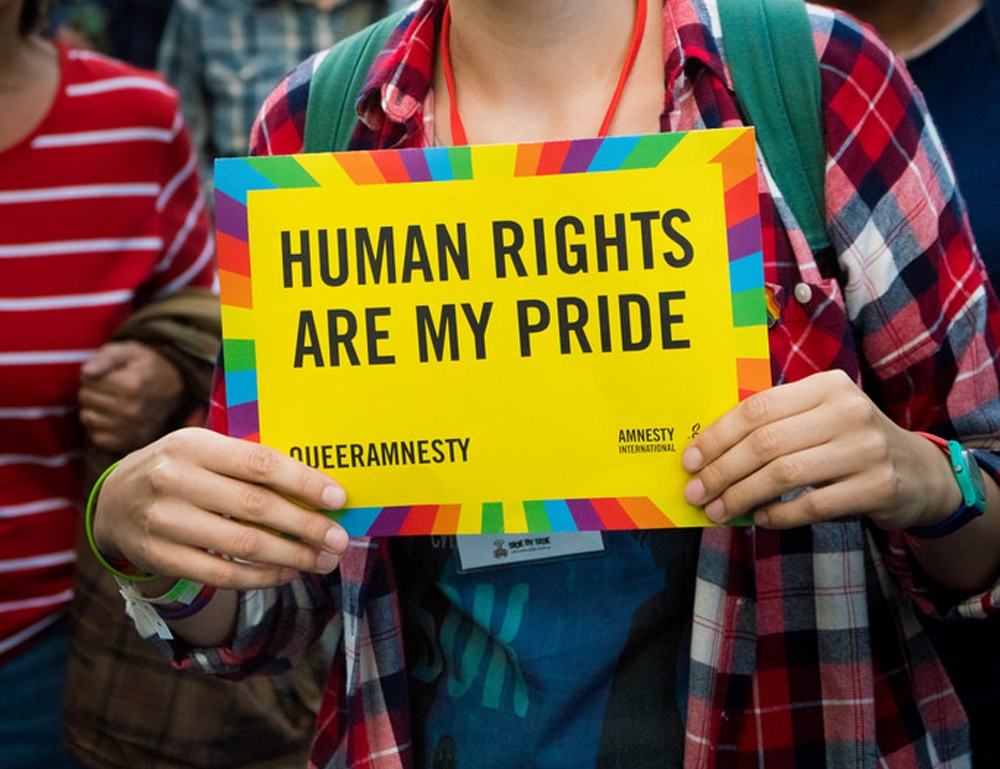Abdeali Saherwala | Staff Writer
Featured image: The annual Dyke March alludes to the fact that feminist rights are human rights. | Courtesy of Bilderbastlerin
Feminism is a movement that has been associated with rapidly shifting ideological stances throughout the world. It fights for the rights of women on the basis of equality for both genders.
In its early days, feminism advocated for women’s rights, which included the right to vote, receive education and work, earn fair wages, own property, hold public office, enter contracts, have equal rights within marriage and have maternity leave.
In its later stages, the movement began to promote bodily autonomy and integrity through its advocacy of the protection of women who are victims of rape, domestic abuse and sexual harassment. Through the efforts of feminism, some women were allowed to vote in Canada from the mid 1910s and were able to hold public offices from 1916.
Throughout the Second World War, women were integral in labour forces that worked towards the construction of military equipment and participated in war-relief efforts.
Much like feminism’s fight to be included in discussion, the issue of sexuality was being openly discussed with the LGBTQ+ community in order to strengthen the fight for everyone’s rights.
“Sexual politics” was coined by American literary scientist and feminist Kate Millett in the 1960s when she realized that feminism should fight against all discriminations.
With the LGBTQ+ movement strengthening in the 1900s, it lead to a coalition with prominent feminists such as Emma Goldman and Helene Stöcker, who spoke in defense of same-sex love and challenged repressive legislation.
Many gay men joined the feminist movement as a way to fight the hegemonic masculinity that was largely prevalent in society. Joining forces meant challenging the heteronormative constraints that forced men and women to prescribe to specific gender roles. Such constraints prevented the LGBTQ+ community from pursuing interests that were stereotypical for the opposite gender. This extended to their choice of partner as well. Such circumstances made it necessary for the LGBTQ+ community to fight for equal rights alongside feminists.
Transgender women have been a vital part of the LGBTQ+ community to connect and advocate for the feminist movement. Emi Koyama, a feminist scholar and activist, stated that transfeminism is a movement “by and for trans women who view their liberation to be intrinsically linked to the liberation of all women and beyond.”
Drag queens and drag shows also have become a prominent place for the transfeminism movement to occur, as some men dress up and exaggerate sexualized feminine features in a satirical fashion.
The lesbian feminist movement saw its most powerful influence from the 1970s to the early 1980s. It encouraged women to direct their energies toward other women rather than men, and advocated lesbianism as the logical result of feminism. This was a controversial movement, but the implied message was that women should not suppress other women in any form.
In broad generalization, the LGBTQ+ and feminist movement are in an alliance with each other in their belief in equal rights for all, regardless of one’s gender or sexual orientation. Malala Yousafzai, in defense of feminism, said that “we cannot all succeed if half of us are held back.” The feminist movement needs to join hands with the LGBTQ+ community in order to truly achieve complete equality for all sections of society.


